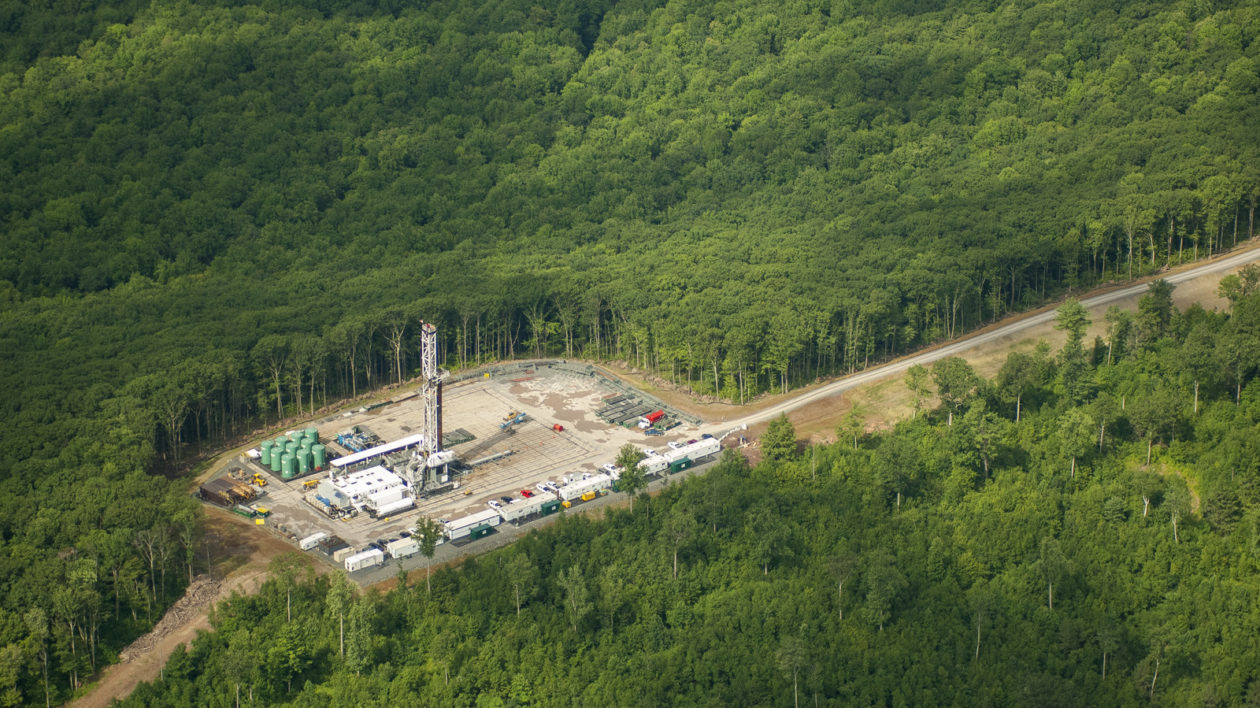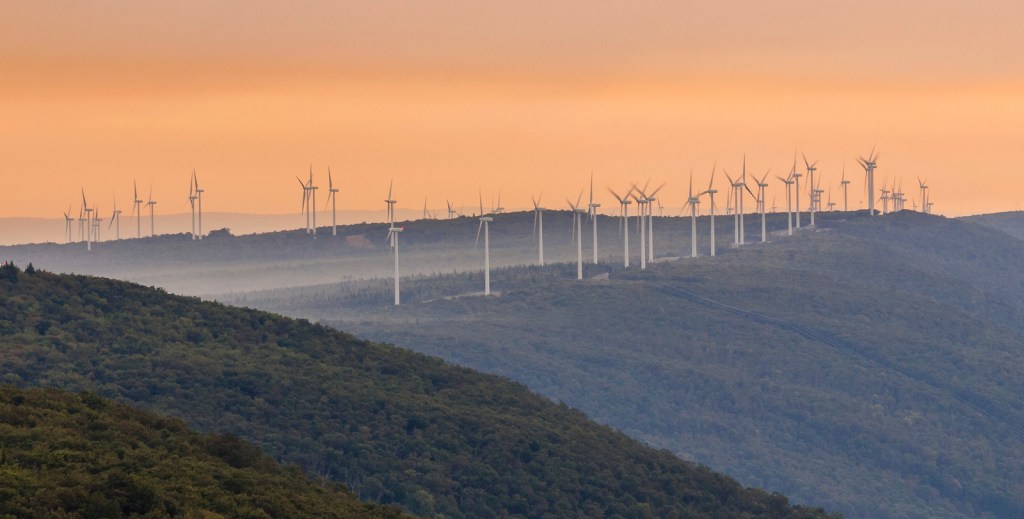Imagine you want to build your dream house: you’ve thought about every detail, from the chic modern kitchen to the built-in bookshelves in your office. But then your contractor says: “Let’s start building without a floor plan, we’ll figure out the issues as we go.”
No one in their right mind would ever do this, but that’s exactly how we are developing natural landscapes all over the world — with no master plan or vision to guide us.
Before you build a house, you hire an architect to develop a blueprint. Governments need to do the same thing by investing in landscape-level planning before leasing, permitting and developing resources within a landscape.
Contractors need a blueprint for the same reason a landscape needs a vision; to reduce or avoid significant negative impacts. Making changes during the planning phase is quick and cheap, while making changes after development impacts occur is expensive, time consuming, and may cause irreversible damage.
The more we plan up front, the more likely we can avoid problems.
Striking a Balance Between Development and Conservation
You’ve heard it before: The world population is predicted to approach 9 billion by 2050, with global demand for energy, food, minerals and other resources skyrocketing as a result. Unsurprisingly, the development required to meet these demands is likely to have significant impacts on the natural systems that support both human and wildlife populations.
We can’t strike the right balance between development and conservation unless we proactively understand where and how development is likely to happen.
But how do we do that? There are many places in the world where we will need “landscape blueprints,” and we can’t possibly develop plans everywhere. We’re going to have to make choices.
To help prioritize, I worked with Nature Conservancy scientists from our Development by Design team, the University of Minnesota and McGill University to project and aggregate global spatial patterns of expected urban and agricultural expansion, and conventional and unconventional oil and gas, coal, solar, wind, biofuels and mining development.
Our findings, just published in the journal PLOS ONE, indicate that these threats place at risk 20 percent of the world’s remaining natural lands. That is 19.68 million square kilometers — an area larger than the size of Russia.
And it’s our wildest places that are at most risk. Africa and South America are currently among the least converted regions, but they have the highest amount of potential development risk. The amount of converted lands could double for South America and triple for Africa.
Traditional habitat protection is an important conservation strategy, but the current placement of protected areas is not sufficient to mitigate future development impacts. Globally, of the natural lands at high risk of development, only 5 percent are under strict protection. That figure is especially alarming given that nearly one quarter of the natural places left on Earth are at high risk.

Designing the Landscapes We Want and Need
Armed with the knowledge of where development will occur, we have a chance to alter the future by designing the landscapes that we want and need.
We can — and must — get ahead of future development by providing science-based blueprints and promoting mitigation systems that can help avoid conflict. There is a way to find balanced approaches to meeting our development objectives and conservation goals.
These blueprints need to include procedures for proactively evaluating the compatibility of proposed development with conservation goals to determine when impacts should be avoided and when development can proceed — an approach the Conservancy’s Development by Design work helps advance through its science-based methodology.
Our planet is the one and only home we have — so let’s make sure we take the time and have the foresight to build it right.




We own a small hydro electric facility in Virginia connected to Virginia Dominion Power grid. To avoid energy sprawl we could add solar, wind or perhaps additional modern hydro to our present very limited capacity. Can TNC help with a feasibility study?
Floor plan = great analogy!
With the amount of wild landscapes in Wyoming that are still relatively intact, and their relative importance to a system like our sagebrush ecosystem, I’ve always felt that, the very least our decision-makers could do is develop a “statewide” plan prioritizing both where development should take place as well as where it shouldn’t. There are areas that warrant protections from development but little interest in protecting them. A plan should be prepared for this.